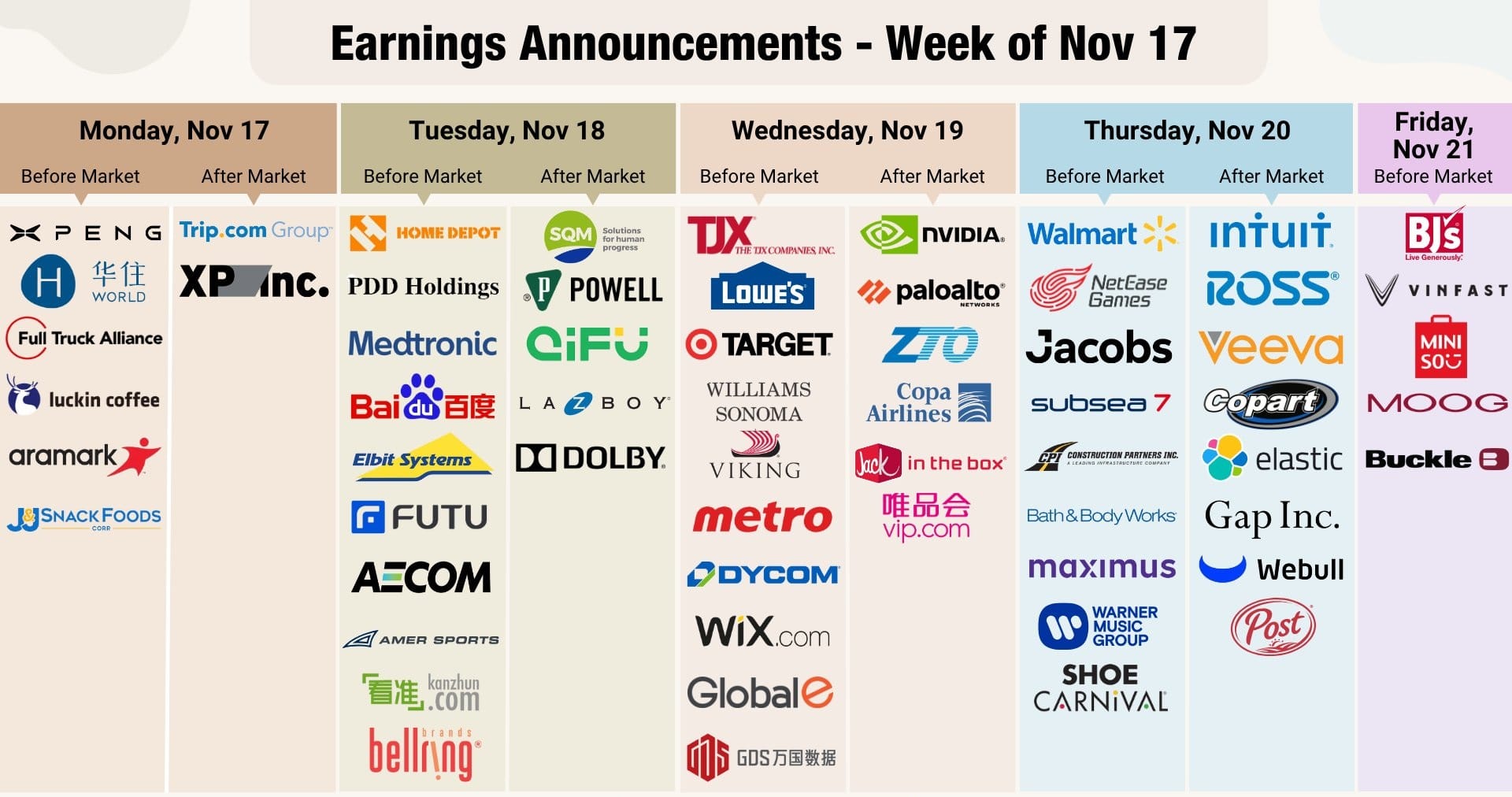Introduction
Monetary policy is no longer background noise—it is the anchor of modern financial markets. Every decision made by the Federal Reserve, the European Central Bank, or the Bank of Canada reverberates through equities, bonds, currencies, and commodities. Inflation readings dictate bond yields, central bank pivots alter risk appetite, and investor sentiment swings with each policy statement.
We are in an era defined by monetary transitions. Markets are not merely reacting to earnings, geopolitical developments, or corporate performance; they are calibrating expectations around central bank signals. This article deciphers these crosscurrents, analyzing how global financial markets are responding to central bank decisions, how inflation continues to weigh on strategies, and what the economic outlook suggests for investors in a fragile, data-driven world.
I. Market Performance: Equities at the Crossroads
U.S. Equities: A Tale of Divergence
In the United States, equity markets continue to reflect the split personality of modern capitalism. Growth and technology stocks, powered by expectations of easing monetary policy and long-term demand for artificial intelligence, are surging to record highs. The Nasdaq Composite has pushed into uncharted territory, with mega-caps like Microsoft, Nvidia, and Apple leading the charge.
Yet the Dow Jones Industrial Average, weighted toward industrials and cyclicals, is underperforming. This contrast reveals a market where central bank decisions fuel speculative enthusiasm in growth sectors, while traditional industries remain sensitive to slower demand, higher borrowing costs, and global trade disruptions.
The S&P 500 sits in between—capturing optimism but also balancing against concerns of earnings pressure from sticky costs, wage growth, and supply chain strains. Weekly performance highlights resilience, but daily movements remain fragile, tied closely to every hint of a policy pivot from the Federal Reserve.

Global Equities: Optimism Meets Reality
Across the globe, financial markets show uneven momentum:
- Japan’s Nikkei 225 has advanced steadily, buoyed by weaker yen dynamics and corporate restructuring trends.
- Hong Kong’s Hang Seng Index has rallied, supported by Chinese policy stimulus and a rebound in consumer demand.
- European markets remain cautious, constrained by sluggish growth and persistent inflation in energy and food.
- Canada’s S&P/TSX has paused after a strong rally, as investors await the Bank of Canada’s next move.
This unevenness underscores the same theme: markets are not simply following earnings—they are waiting on central bank decisions. The monetary narrative is the dominant force in equity valuation.
Sector Standouts and Strugglers
Not all industries are moving in sync:
- Technology and AI-linked firms remain the strongest performers, reflecting investor belief in productivity growth.
- Healthcare shows resilience, with defensive qualities appealing in uncertain environments.
- Energy and industrials, however, face headwinds from weaker demand expectations and volatile oil prices.
This divergence reveals how inflation and monetary policy shifts are unevenly impacting the economy—rewarding capital-light innovation while punishing capital-intensive industries exposed to borrowing costs and global trade friction.
II. Fixed Income & Forex: Reading Policy Through Yields and Currencies
Treasury Yields: Anchored to Inflation
The U.S. bond market is perhaps the clearest window into monetary policy expectations. The 10-year Treasury yield continues to hover near psychologically important levels, rising and falling in step with inflation data releases. Every uptick in jobless claims, every softness in consumer spending, and every CPI print directly influences the path of yields.
Short-dated bonds, particularly the 2-year yield, remain highly sensitive to central bank decisions. Markets are pricing in cuts, but the slope of the curve signals caution—investors are unconvinced about long-term growth prospects, even as rate relief looms.
Currency Markets: The Dollar in Transition
The U.S. dollar, once the unrivaled safe haven, is under pressure. Expectations of easing monetary policy weaken the dollar’s yield advantage, while other currencies—particularly the yen and the euro—are supported by relative positioning.
- The yen fluctuates as Japan balances ultra-loose policy against the global rate environment.
- The euro remains range-bound, weighed by Europe’s growth struggles but supported by steady ECB signaling.
- The Canadian dollar reflects anticipation of BoC cuts, though oil prices provide occasional support.
Overall, currencies are mirroring a world in which inflation and policy divergence determine capital flows.
III. Commodities: Inflation, Policy, and Geopolitics
Oil: Geopolitical Premium Meets Demand Weakness
Oil markets remain whipsawed between geopolitical risk and slowing demand. Drone attacks on Russian energy facilities, Middle East instability, and supply chain bottlenecks provide an upward premium. Yet global demand, pressured by slower growth in the U.S. and Europe, keeps prices capped.
For investors, oil illustrates the intersection of monetary policy and geopolitics: lower rates could stimulate demand, but inflationary energy costs constrain how quickly central banks can ease.
Gold: The Classic Inflation Hedge
Gold continues to shine as the quintessential hedge against both inflation and policy uncertainty. Spot prices remain elevated near historical highs, supported by weaker labor market data and expectations of rate cuts.
The logic is simple: lower rates reduce the opportunity cost of holding non-yielding gold, while persistent inflation supports its role as a store of value.

Industrial Metals: Sensitive to Growth
Copper and other industrial metals show how commodities are tied directly to the economic outlook. Prices fluctuate with expectations of Chinese demand, U.S. manufacturing strength, and global infrastructure spending. Recent weakness points to slowing growth, even as stimulus policies offer hope for stabilization.
IV. Central Bank Decisions: The Week of Reckoning
The Federal Reserve: First Cut on the Horizon
The Federal Reserve’s meeting marks the most anticipated event for global financial markets. With unemployment edging higher and inflation moderating, markets overwhelmingly expect a 25-basis-point cut.
The cut itself is symbolic; the real focus lies in the Fed’s guidance—the “dot plot” projections and Powell’s messaging. Investors want to know whether this is the start of a cutting cycle or a cautious adjustment. The difference will define risk appetite across equities, bonds, and currencies for months.
The Bank of Canada: Parallel Pressures
The Bank of Canada faces similar conditions: a weakening labor market, cooling inflation, and growing political pressure to ease. A 25-basis-point cut is widely expected, but like the Fed, the narrative matters more than the number.
Canadian housing and consumer spending hang in the balance, making BoC decisions especially impactful for domestic equities and the Canadian dollar.
V. Corporate Landscape: Innovation, Deals, and Scrutiny
Antitrust Spotlight
Regulators on both sides of the Atlantic continue to scrutinize Big Tech. Google, Amazon, and Microsoft face mounting antitrust actions that could reshape business models. For markets, this means higher compliance costs and potential structural shifts—but also opportunities for competitors.
IPO Resurgence
After a period of dormancy, the IPO market has reopened with vigor. Cybersecurity firms, renewable energy companies, and digital platforms are leading the way, reflecting investor appetite for growth sectors aligned with long-term themes. This resurgence signals confidence, even in a climate dominated by monetary policy uncertainty.
M&A and Governance
Energy consolidation in Canada, corporate governance battles at Tesla, and innovative shareholder voting mechanisms at Exxon highlight the dynamic corporate environment. These stories matter not just for company valuations, but for the economic outlook, as they signal where capital is flowing and how corporate structures are evolving.
VI. Thematic Deep Dives
Liquidity Pressures: Echoes of 2019
Surging Treasury issuance is draining liquidity from financial markets. This raises fears of funding stress reminiscent of 2019’s repo market spike. If liquidity tightens too sharply, it could offset the supportive effects of rate cuts, creating volatility across global markets.
Rare Earths and Strategic Supply Chains
China’s restrictions on rare earth exports highlight the vulnerability of Western economies. From EVs to military hardware, critical supply chains remain fragile. Efforts to boost recycling and domestic mining are underway, but progress is slow. Inflationary pressures on critical minerals remain a strategic concern.
Politics and the Economy
Health policy debates, election-year rhetoric, and regulatory uncertainty are increasingly spilling into markets. Pharmaceutical stocks, energy giants, and even tech leaders are swayed by the political cycle. For investors, understanding the overlap between policy and markets is crucial for navigating the economic outlook.
VII. The Week Ahead: Data and Decisions

The coming week brings a flood of data: retail sales, housing starts, inflation updates, and jobless claims. Corporate earnings from global logistics firms and consumer giants will offer a real-time snapshot of demand.
Overlaying all of this is the central bank calendar. The Fed and BoC dominate the week, but speeches from ECB and BOJ officials will also guide expectations. Markets are braced for volatility, but also clarity—a clearer path into the next chapter of monetary policy.
Conclusion: Navigating the Pivot
The global economy is at an inflection point. The inflation fight is cooling, but growth remains fragile. Central banks are pivoting from restrictive policy toward cautious easing. Equity markets celebrate the promise of lower rates, but bond yields and currency markets reflect uncertainty.
Success in this environment requires more than tracking numbers—it demands understanding the narrative: how monetary policy shifts interact with inflation, how central bank decisions reshape sentiment, and how the global financial markets absorb each signal.
The future will not be decided by a single rate cut, but by how economies and markets adapt to this new phase of policy. For investors, the challenge is clear: build resilience, embrace adaptability, and never lose sight of the bigger picture.












